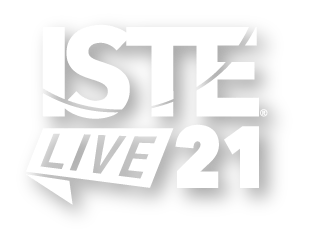

Fake News? Help Your Students Figure Out the Truth Online |
Participate and share : Poster
Eileen Lennon
Students need some guidelines on how to discern the truth versus the lies that are online. Teachers will walk away with a full lesson plan that includes free online resources to help students understand the difference between facts, opinions and informed opinions.
| Audience: | Library media specialists, Teachers |
| Skill level: | Beginner |
| Attendee devices: | Devices required |
| Attendee device specification: | Smartphone: Android, iOS, Windows Laptop: Mac, PC, Chromebook Tablet: Android, iOS, Windows |
| Participant accounts, software and other materials: | A google account to make a copy of the presentation. Any device with internet access would be useful. |
| Topic: | Digital citizenship |
| Grade level: | 6-8 |
| ISTE Standards: | For Educators: Citizen
Digital Citizen
|
Participants will decide which online resources to use with their students to address prior knowledge.
Participants will be introduced to tools that help students decipher real and fake news.
Participants will choose which assessments they prefer to check for their student's understanding.
From leaving a comment on an online discussion board to testing their knowledge of real and fake news, participants are fully engaged in online activities throughout the presentation. They can take an individual quiz or participate in a group Kahoot session. They will watch videos from a variety of resources that will further their knowledge of how to identify reliable online sources.
https://www.commonsense.org/education/articles/news-literacy-resources-for-classrooms#Fact-Checking%20and%20Critical%20Thinking%20Skills
